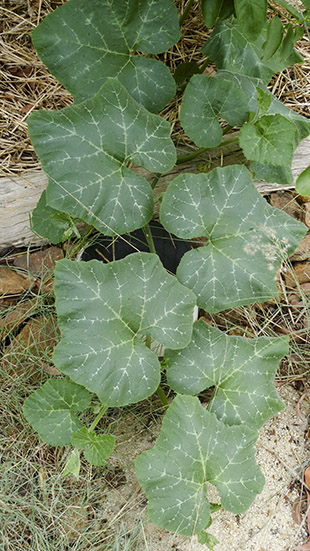Having trouble convincing your friends that we need to take global warming seriously?
Do they think that human induced climate change is some whacko left wing, eco-nut conspiracy?
Maybe they’d listen to a staid pillar of the establishment like PriceWaterhouse Cooper on the topic?
Stop banging your head against a brick wall – point them to the PWC website at:
Here’s what PwC say:
We use the carbon intensity for countries as a measure of progress towards a low carbon economy. The carbon intensity of an economy is the emissions per unit of GDP and is affected by a country’s fuel mix, energy efficiency and the composition of the economy (i.e. extent of activity in carbon-intensive sectors).
It’s time to plan for a warmer world. The annual Low Carbon Economy Index centres on one core statistic: the rate of change of global carbon intensity. This year we estimated that the required improvement in global carbon intensity to meet a 2°C warming target has risen to 5.1% a year, from now to 2050. We have passed a critical threshold – not once since World War 2 has the world achieved that rate of decarbonisation, but the task now confronting us is to achieve it for 39 consecutive years.
The 2011 rate of improvement in carbon intensity was 0.7%, giving an average rate of decarbonisation of 0.8% a year since 2000. If the world continues to decarbonise at the rate since the turn of the millennium, there will be an emissions gap of approximately 12 gigatonnes of carbon dioxide (GtCO2) by 2020, 30 GtCO2 by 2030 and nearly 70 GtCO2 by 2050, as compared to our 2-degree scenario.
Even doubling our current rate of decarbonisation, would still lead to emissions consistent with 6 degrees of warming by the end of the century. To give ourselves a more than 50% chance of avoiding 2 degrees will require a six-fold improvement in our rate of decarbonisation.
In the emerging markets, where the E7 are now emitting more than the G7, improvements in carbon intensity have largely stalled, with strong GDP growth closely coupled with rapid emissions growth. Meanwhile the policy context for carbon capture and storage (CCS) and nuclear, critical technologies for low carbon energy generation, remains uncertain. Government support for renewable energy technologies is also being scaled back. As negotiators convene every year to attempt to agree a global deal, carbon emissions continue to rise in most parts of the world.
Business leaders have been asking for clarity in political ambition on climate change. Now one thing is clear: businesses, governments and communities across the world need to plan for a warming world – not just 2°C, but 4°C, or even 6°C.
If you need more detail you can download the pdf of PwC’s report Too Late for Two Degrees: Low carbon economy index 2012.




